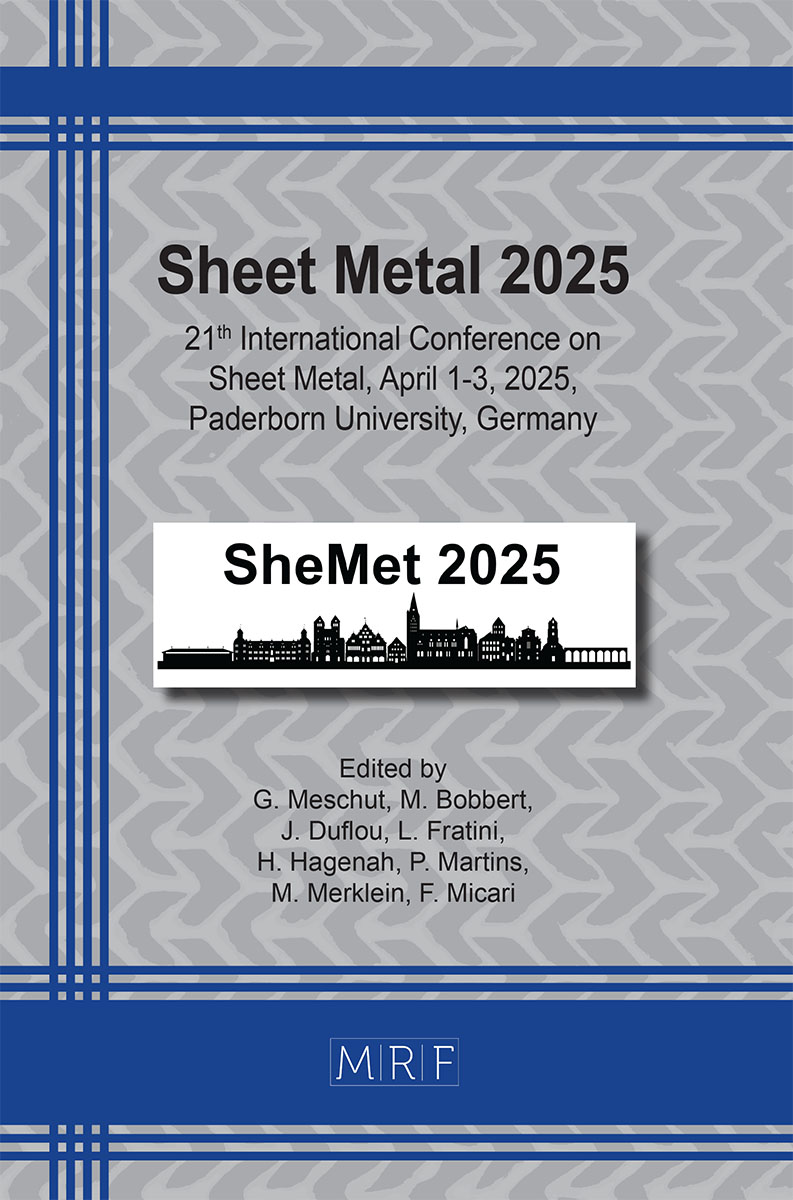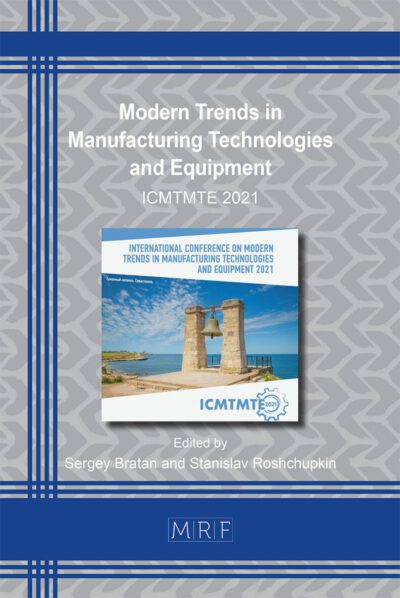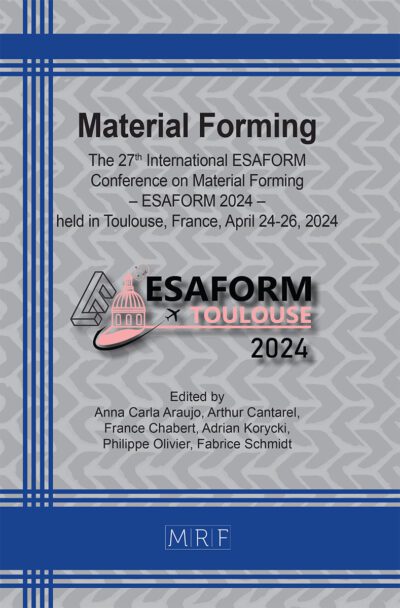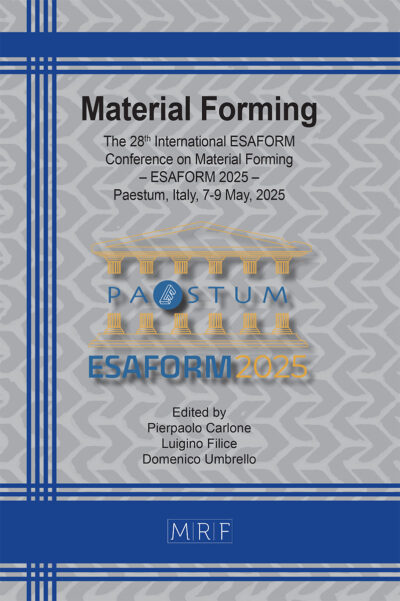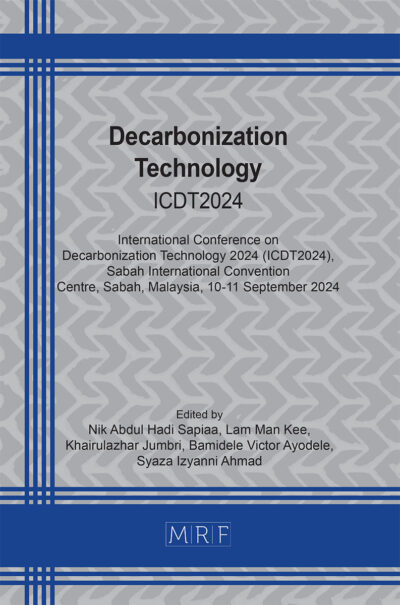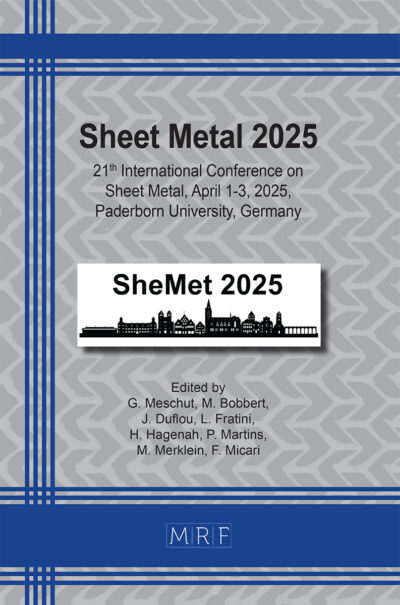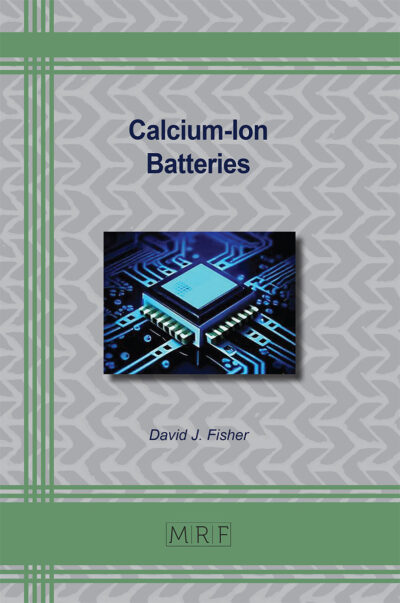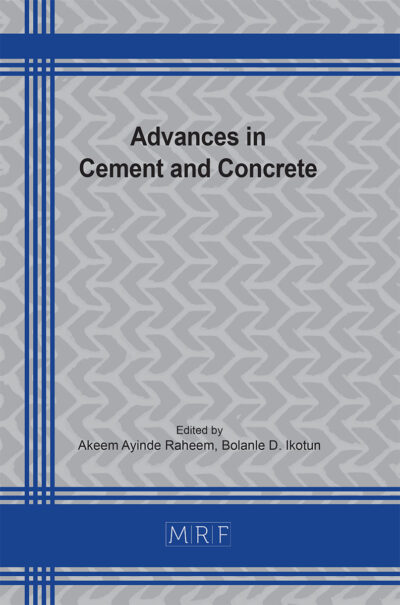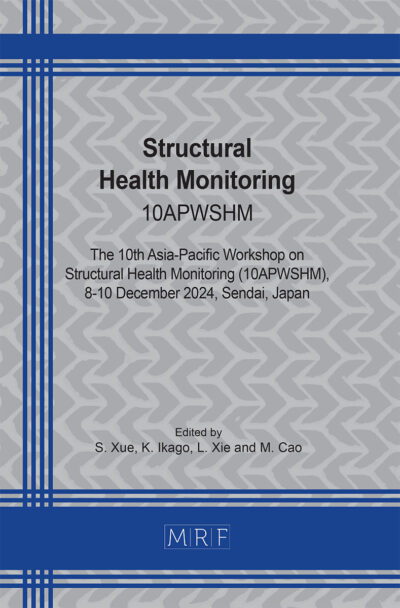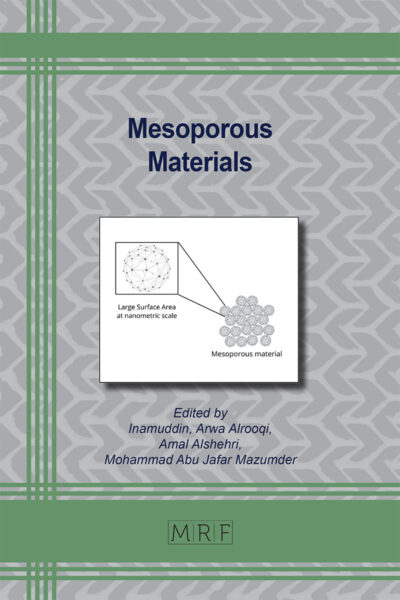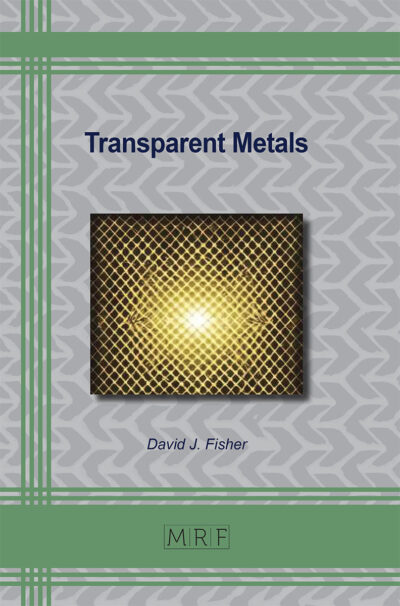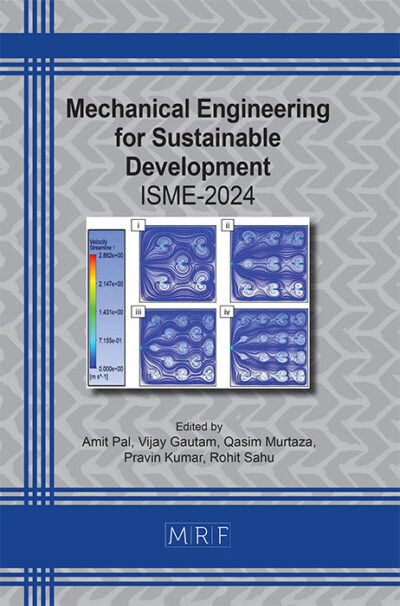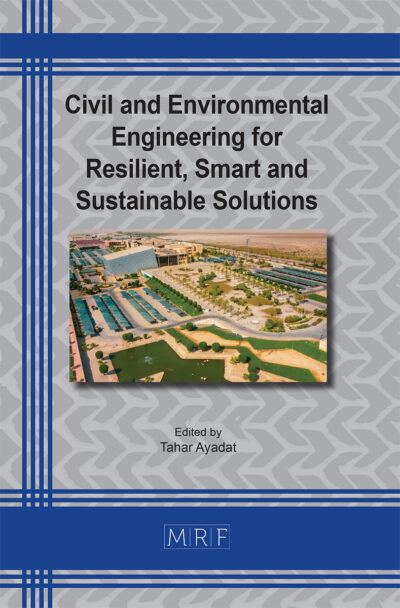A Study of beak geometries for achieving pure shear deformation in folding-shearing
Rishabh Arora, Omer Music, Julian M Allwood
Abstract. The automotive industry produces significant material waste from the deep drawing process. The Folding-shearing process was developed as a solution that involves folding a blank while collecting the excess material in a region called the ‘beak’. The beak is then sheared in-plane to form the part without any thickness changes. Previous work used folding-shearing to form a quarter of a square based cup and half of a U-channel part; however, these parts suffered from high levels of thickening in the sheared region. This study, for the first time, explores the underlying design principles to improve the thickness distribution by introducing curvature to the beak perimeter to induce compressive strains in one direction and tensile strains in the other. Numerical simulations are validated using physical trials and show a reduction in thickening from 17.5% to 6%.
Keywords
Metal Forming, Design, Folding-Shearing
Published online 4/1/2025, 8 pages
Copyright © 2025 by the author(s)
Published under license by Materials Research Forum LLC., Millersville PA, USA
Citation: Rishabh Arora, Omer Music, Julian M Allwood, A Study of beak geometries for achieving pure shear deformation in folding-shearing, Materials Research Proceedings, Vol. 52, pp 19-26, 2025
DOI: https://doi.org/10.21741/9781644903551-3
The article was published as article 3 of the book Sheet Metal 2025
![]() Content from this work may be used under the terms of the Creative Commons Attribution 3.0 license. Any further distribution of this work must maintain attribution to the author(s) and the title of the work, journal citation and DOI.
Content from this work may be used under the terms of the Creative Commons Attribution 3.0 license. Any further distribution of this work must maintain attribution to the author(s) and the title of the work, journal citation and DOI.
References
[1] Z. Marciniak, S. J. Hu and J. L. Duncan, Mechanics of Sheet Metal Forming, London: Elsevier, 2002.
[2] T. Altan and A. E. Tekkaya, Sheet Metal Forming: Fundamentals, Asm International, 2012. https://doi.org/10.31399/asm.tb.smff.9781627083164
[3] P. M. Horton and J. M. Allwood, “Yield improvement opportunities for manufacturing automotive sheet metal components,” Journal of Material Processing Technology, vol. 249, pp. 78-88, 2017. https://doi.org/10.1016/j.jmatprotec.2017.05.037
[4] J. Atherton, “Declaration by the metals industry on recycling principles,” The International Journal of Life Cycle Assessment , no. 12, pp. 59-60, 2012. https://doi.org/10.1065/lca2006.11.283
[5] P. Horton, J. M. Allwood, P. Cassell, C. Edwards and A. Tautscher, “Material Demand Reduction and Closed-Loop Recycling Automotive Aluminium,” MRS Advances, no. 3, pp. 1393-1398, 2018. https://doi.org/10.1557/adv.2018.280
[6] J. M. Allwood, C. J. Cleaver, E. G. Loukaides, O. Music and A. Nagy-Sochacki, “Folding-shearing: Shrinking and stretching sheet metal with no thickness change,” CIRP Annals – Manufacturing Technology, vol. 68, pp. 285-288, 2019. https://doi.org/10.1016/j.cirp.2019.04.045
[7] O. Music, J. M. Allwood and K. Kawai, “A review of the mechanics of metal spinning,” Journal of Materials Processing Technology, no. 210, pp. 3-23, 2010. https://doi.org/10.1016/j.jmatprotec.2009.08.021
[8] C. J. Cleaver, R. Arora, E. G. Loukaides and J. M. Allwood, “Producing isolated shrink corners by folding-shearing,” CIRP Annals, vol. 71, pp. 217-220, 2022. https://doi.org/10.1016/j.cirp.2022.03.036
[9] R. Arora, O. Music and J. M. Allwood, “Understanding the Process Limits of Folding-Shearing,” Journal of Materials Processing Technology, 2024. https://doi.org/10.1016/j.jmatprotec.2024.118660
[10] H. W. Guggenheimer, Differential Geometry, New York: McGraw- Hill, 1977.
[11] K. A. Stevens, “The Visual Interpretation of Surface Countours,” Artificial Intelligence, pp. 47-73, 1981. https://doi.org/10.1016/0004-3702(81)90020-5
[12] N. Wei, Y. Ding, J. Zhang, L. Li, M. Zeng and L. Fu, “Curvature geometry in 2D materials,” National Science Review, no. 8, 2023. https://doi.org/10.1093/nsr/nwad145
[13] O. Richmond and K. Chung, “Ideal stretch forming for minimum weight axisymmetric shell structures,” International Journal of Mechanical Sciences, vol. 42, pp. 2455-2468, 2000. https://doi.org/10.1016/S0020-7403(99)00006-5
[14] K. Isik, M. B. Silva, A. E. Tekkaya and P. A. Martins, “Formability limits by fracture in sheet metal forming,” Journal of Materials Processing Technology, no. 214, pp. 1557-1565, 2014. https://doi.org/10.1016/j.jmatprotec.2014.02.026
[15] J. M. Allwood and D. R. Shouler, “Generalised forming limit diagrams showing increased forming limits with non-planar stress states.,” International journal of Plasticity, no. 25.7, pp. 1207-1230, 2009. https://doi.org/10.1016/j.ijplas.2008.11.001

